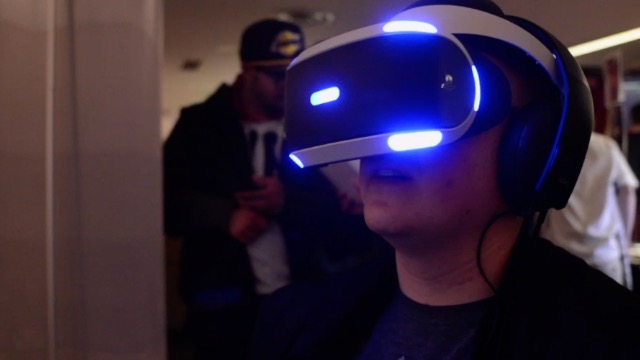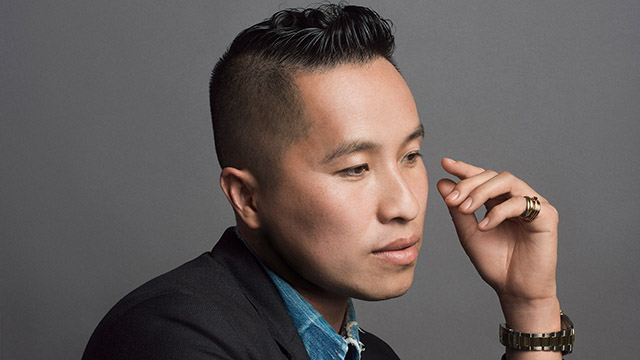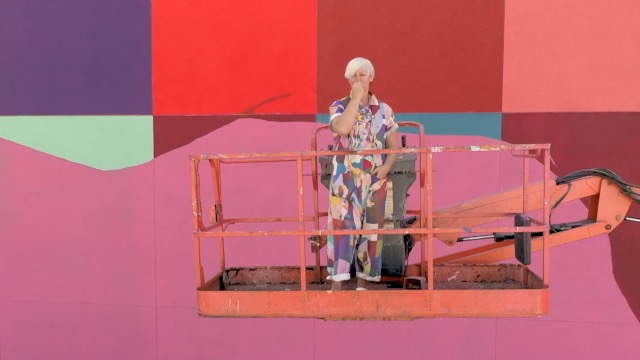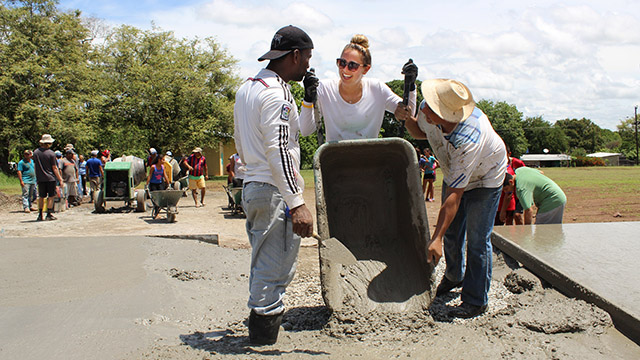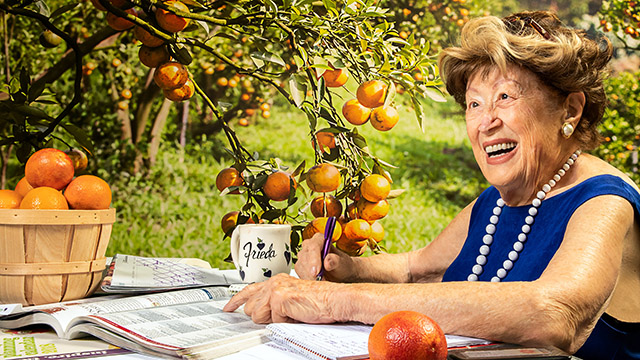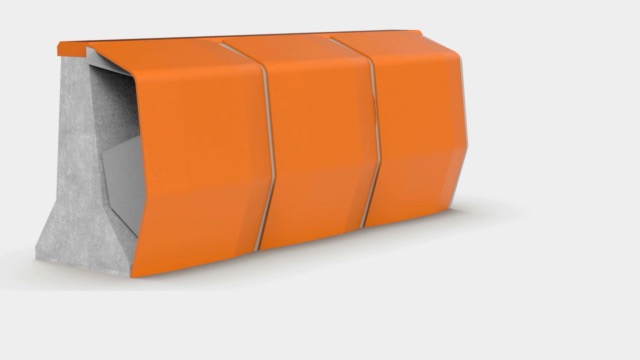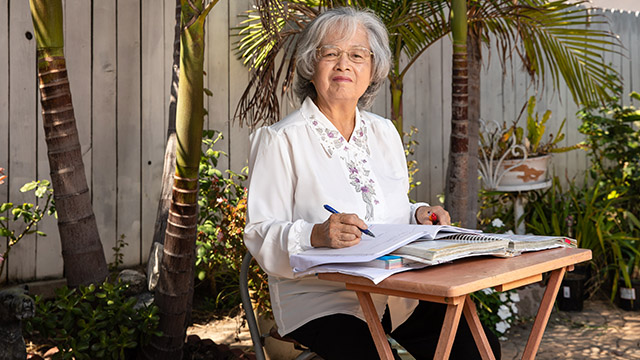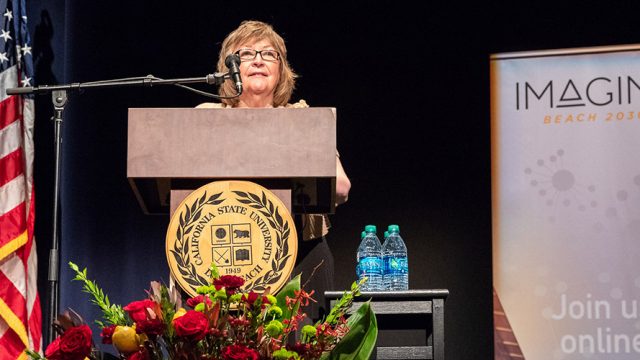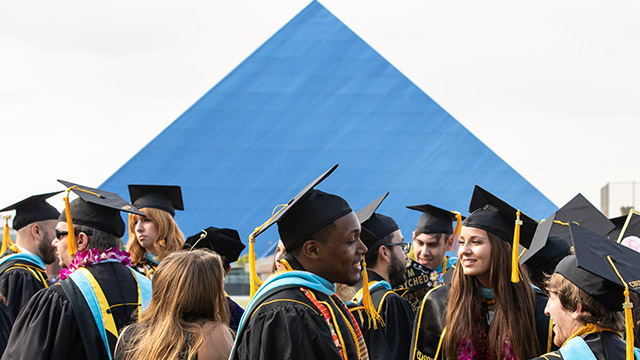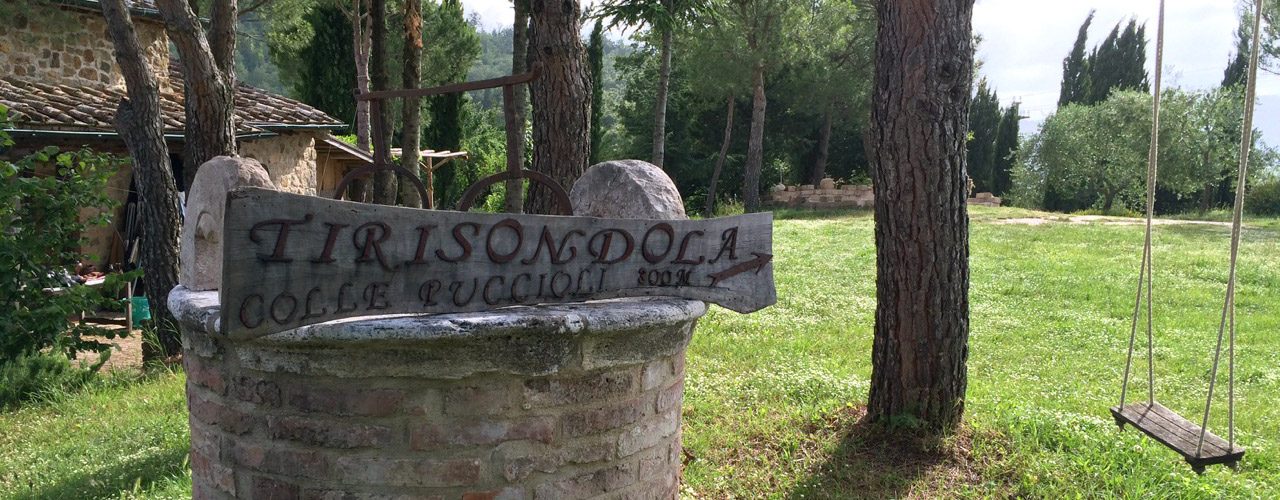Arte D’Italia, Long Beach Style
The narrow, winding road courses through lush vineyards and olive groves and up the steep green hills to the Tirisondola/Tuscan Art Center, the stone mecca of local artistry, a museum of Italian culture and the home-away-from-home for Long Beach State University ceramics students.
From there, the students not only get a panoramic view of the Italian countryside, but an international perspective of art, Italian-style.
For the past three years, professor and world-renown ceramist Tony Marsh and associate professor Chris Miles have taken students on a summer trip to Italy as part of the Study Abroad program so they can expand their art horizons. They spend two weeks digging clay, molding sculptures and creating their own “masterpieces.”

For Marsh, the annual trip is his way of paying forward the opportunity given to him after he graduated from Long Beach State in 1978 when Dr. Ward Youry, then head of the ceramics department, enabled him to travel to Japan. There he studied under a renown potter for three years.
“While students and faculty in Ceramic Arts have been traveling to Italy to engage history, art and culture since the late ‘90’, I was never satisfied with our students just being tourists,” Marsh said. He wanted them to be students.

In 2011, Marsh was introduced to Thomas Liepsner, an American who owns a unique piece of land in Chiusdino, Italy. A year later, they designed and built a modest studio space and he and Miles began taking students to the Liepsner’s Tuscan Art Center when it was completed.
“That kind of displacement and cultural shift is important for students in terms of understanding how they relate to tradition,” Miles said. “(It’s important as far as) understanding how they relate to a primary source of materials and understanding not just as art students at Cal State Long Beach but citizens of the world.”
Working in another part of the world also means experiencing a different working environment. This year, President Jane Close Conoley, Provost Brian Jersky and other LBSU staff members and several selected alumni and friends joined 24 students on the trip.
The group discussed with the town’s mayor and other city officials about future opportunities in Chisudino. City officials were supportive of the students’ work.
“I think the most important and special aspect of being at Tuscan Art Center is that it brings students, and faculty together all day every day so we become like family,” said student Javier Martinez.
Miles said the experience is not only important for the students in developing their own work, but the student-built kiln and hands-on experience is invaluable.
“Here, students buy their clay at an art store and use digitally-controlled kilns,” Miles said. “Most of the materials they use are pre-formulated, pre-processed.
“Over there, they dig clay out of a hillside. They are using a wood-burning kiln in an entirely different setting.”

College of the Arts Dean Cyrus Parker-Jeannette, who has made all three trips, said while the rich red clay and inspiring scenery is paramount for the students’ experience, using the large stone kiln provides the exclamation point.
Long Beach State students began building the kiln by hand the first year and fired it for the first time a year ago. Having access to a kiln nearby allows the students to mine, sculpt and fire the clay from start to completion, enabling the students to participate in the entire ceramic process.
The kiln is housed in a ceramic studio at the Tuscan Art Center, which has partnered with LBSU and other schools to enrich the lives of artists. Also available to the students are three electric kilns, four electric potters’ wheels, a pug mill and a ball mill.
“It was truly awe-inspiring to be able to fire that kiln since you get to experience thousands of years of ceramic tradition through it,” said student Katarina Stiller. “It is hard to really understand the basic fundamentals of the chemistry, technology and history behind ceramics when today’s kiln often only requires you to push a few buttons.”
Jersky said he was most impressed with the students’ “confidence, with their abilities, with how much I think travel has opened their eyes and broadened the horizons. I know it sounds cliché, but it’s true.”
Photos courtesy of Katarina Stiller.



